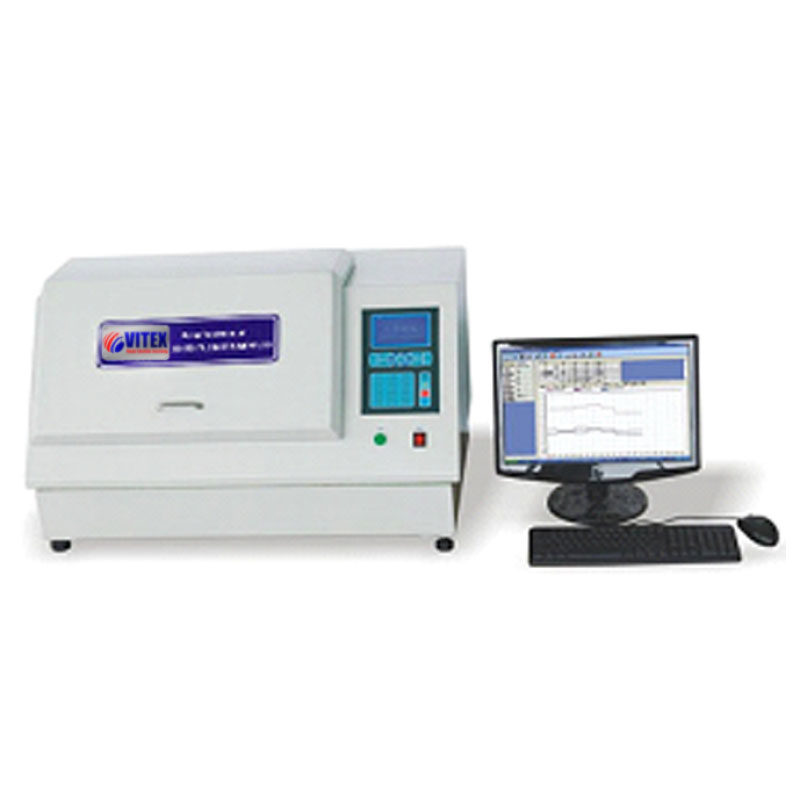Application
Fabric Electromagnetic Shielding Tester, to determine the plane wave shielding effectiveness of materials, such as woven and non-woven fabric, metal sheet, coating, metal net, conductive film, conductive glass, conductive medium sheet, plate-type electromagnetic shielding materials, etc.
Electromagnetic shielding tester uses coaxial flange test method with double-shield structure, analysis system can determine the fabric electromagnetic shielding accurately by the computerized transmitter and receiver, and automatic data acquisition.
Standards
ASTM D4935, SJ2054, GB/T23326
Power
220 /110 V 50/60 Hz
Weight
80 Kg
Dimensions
950 x 550 x 510 mm (L x W x H)



